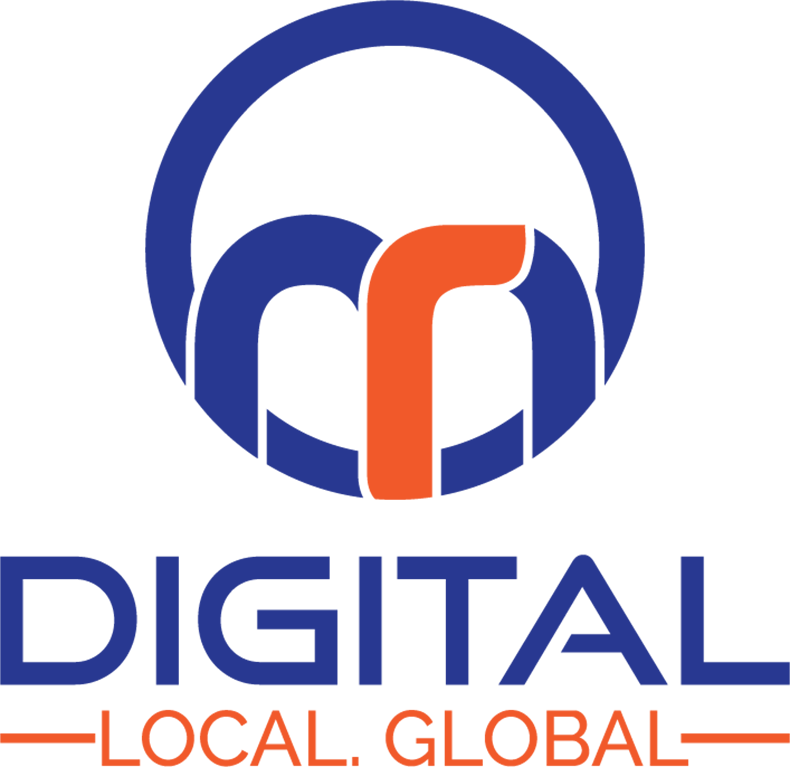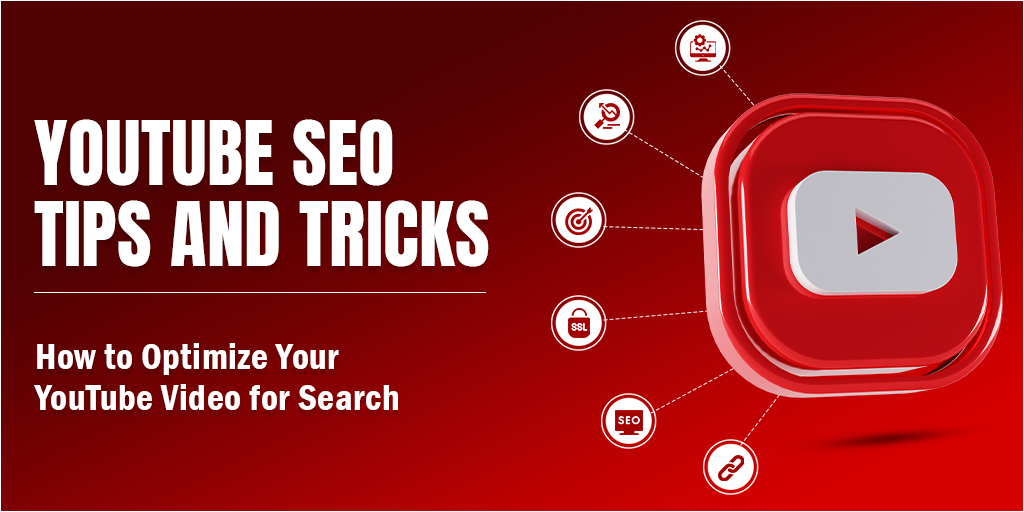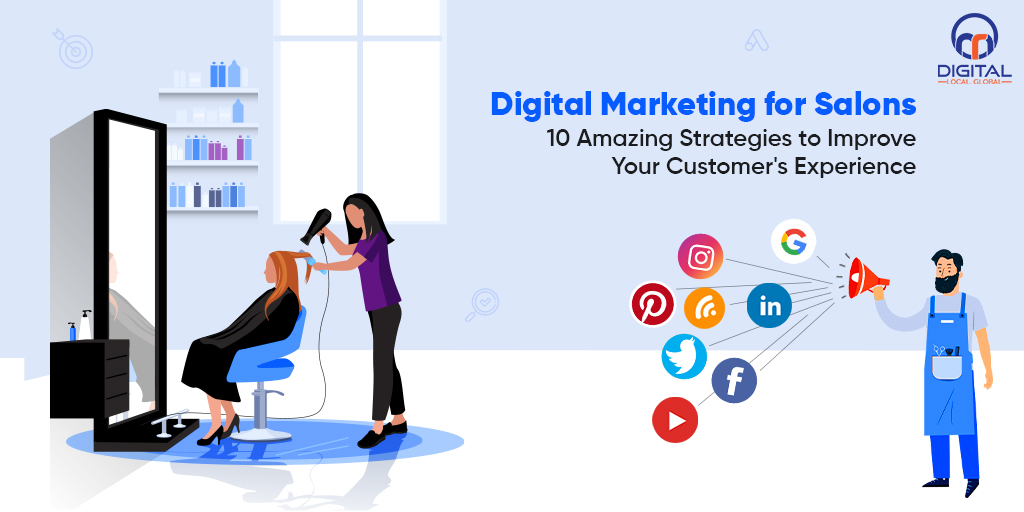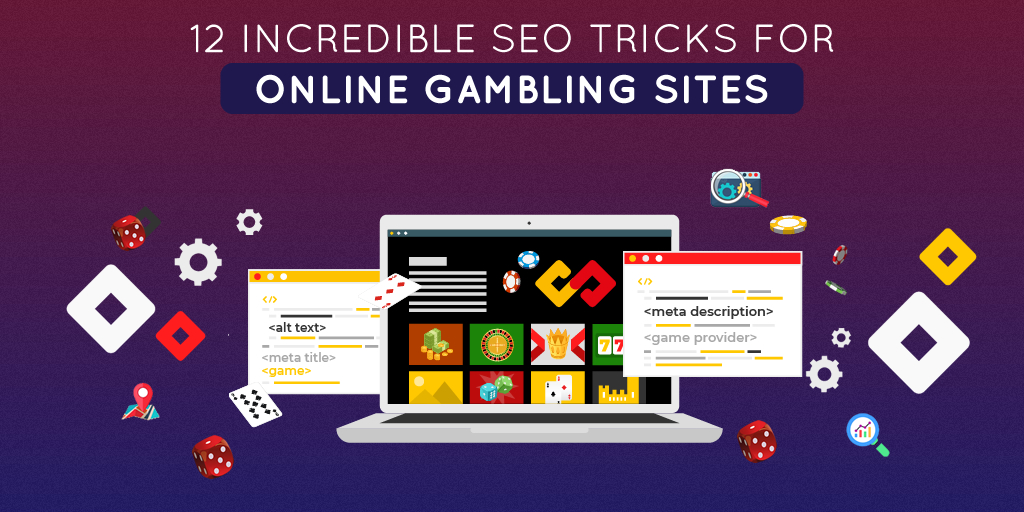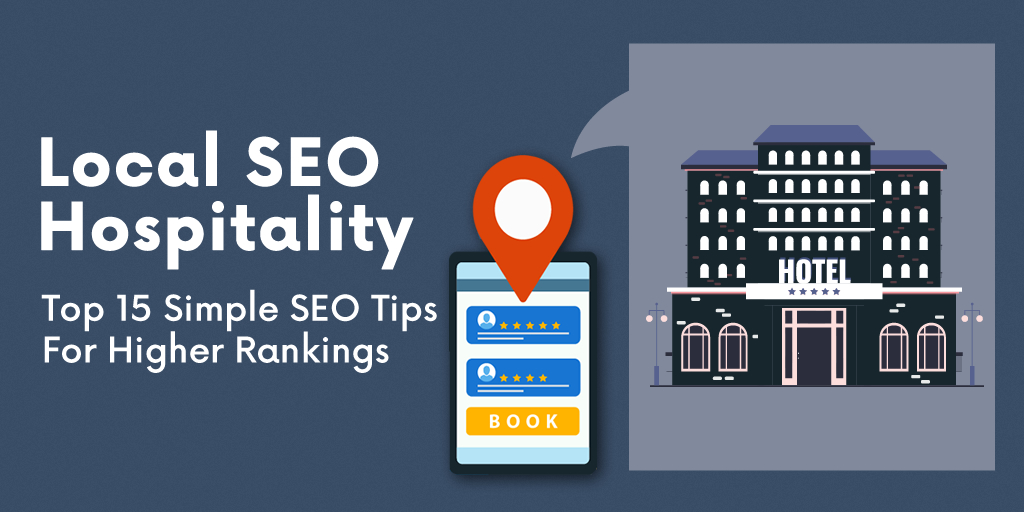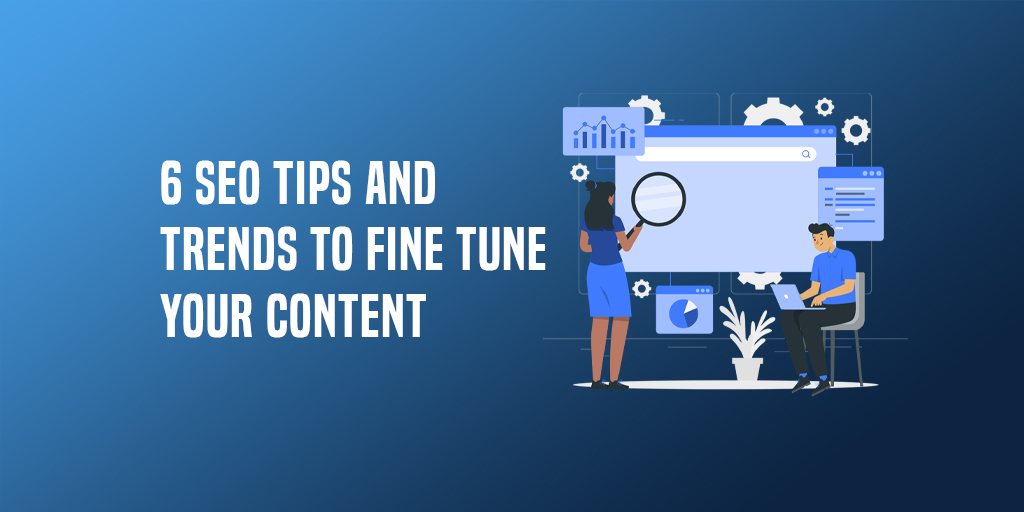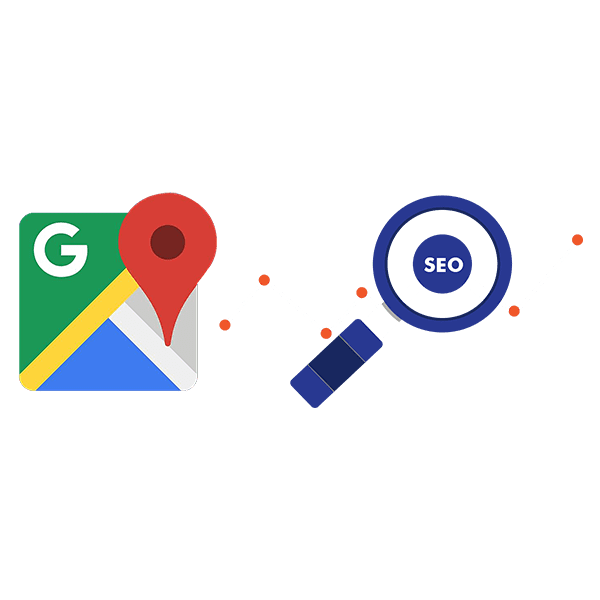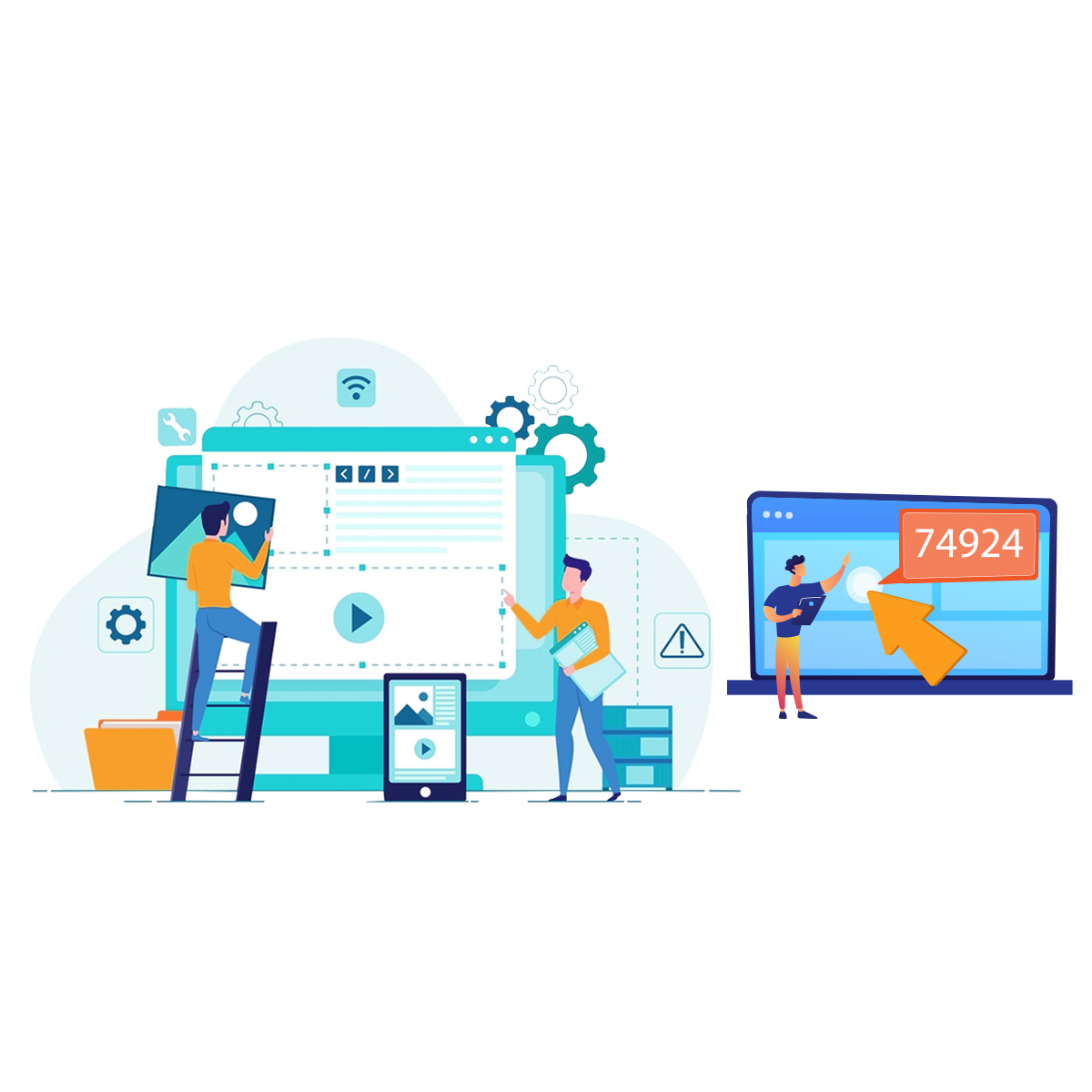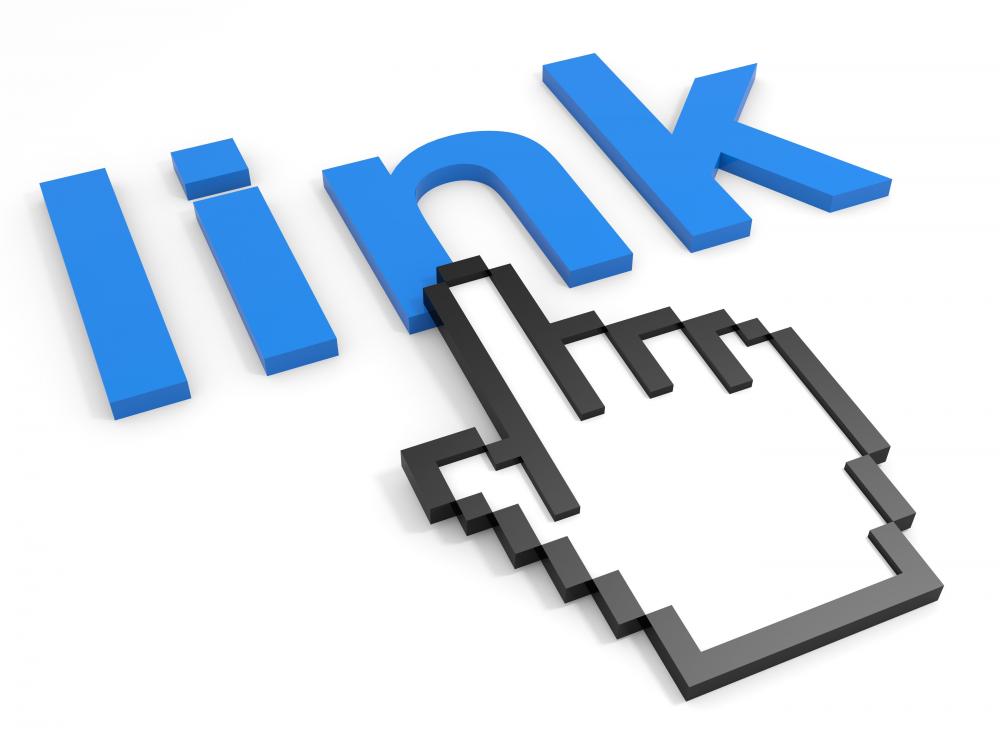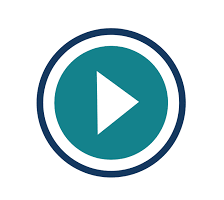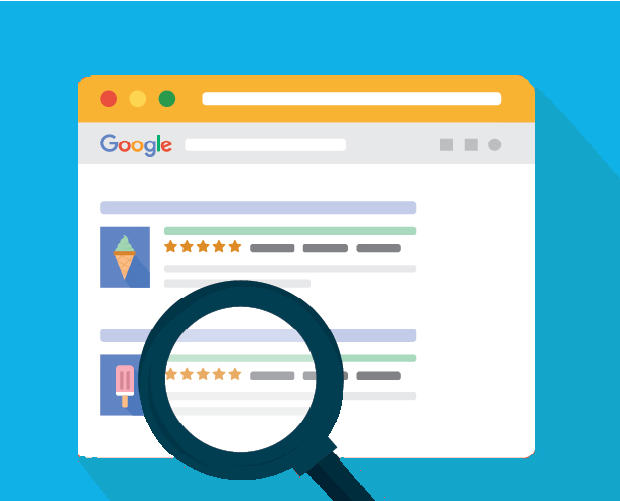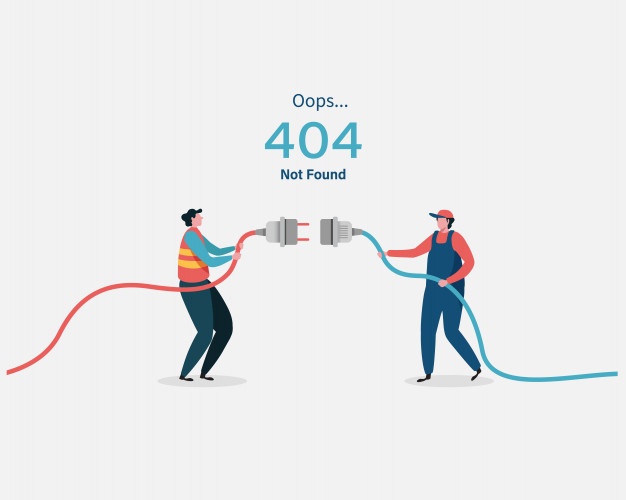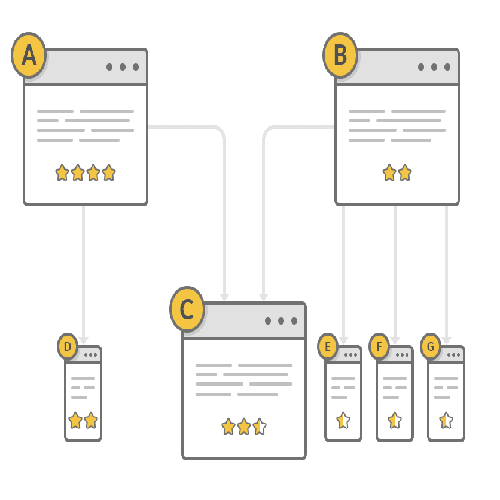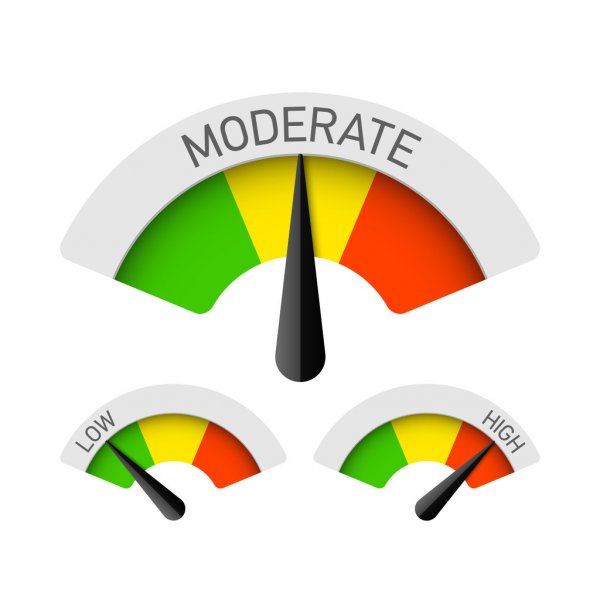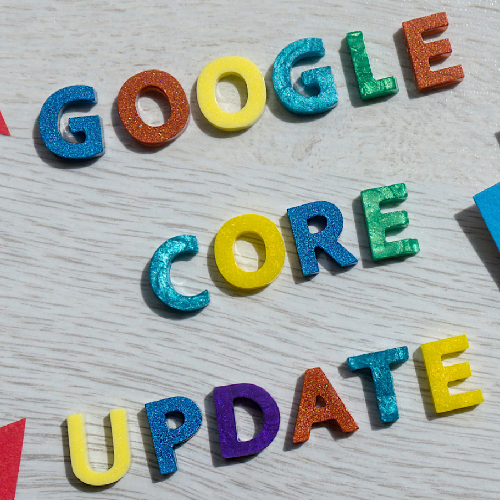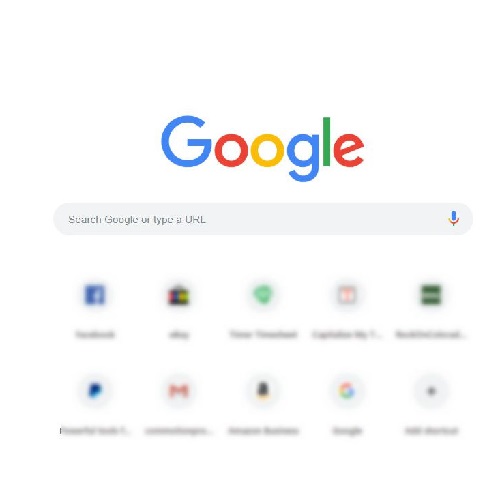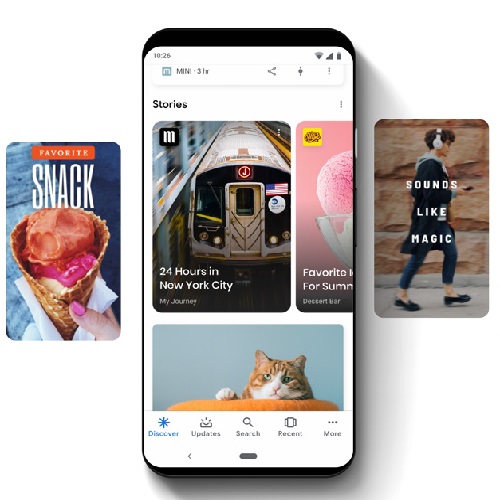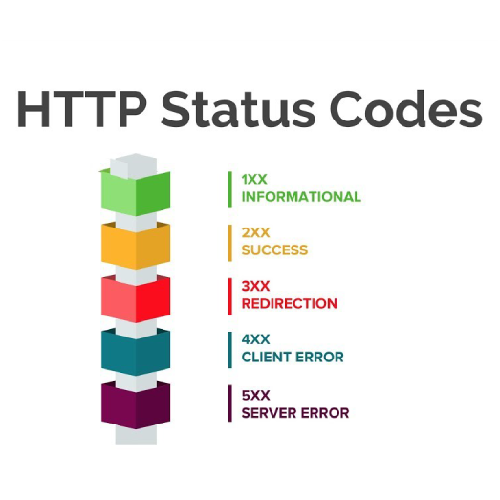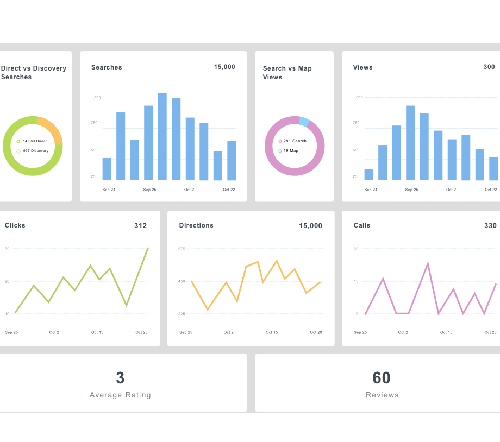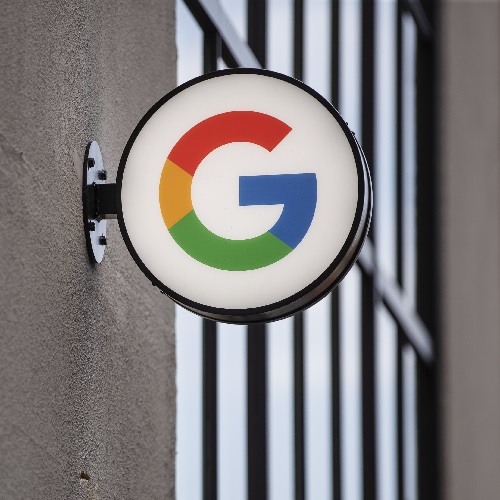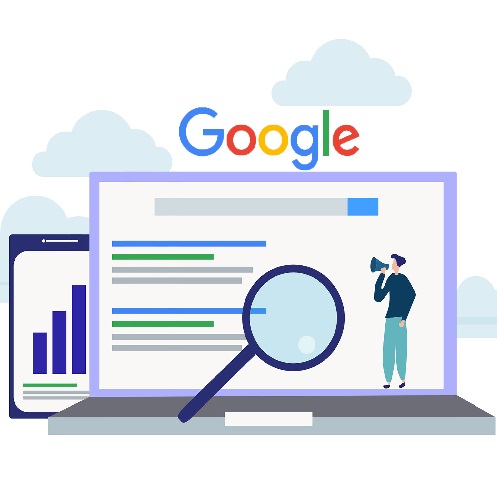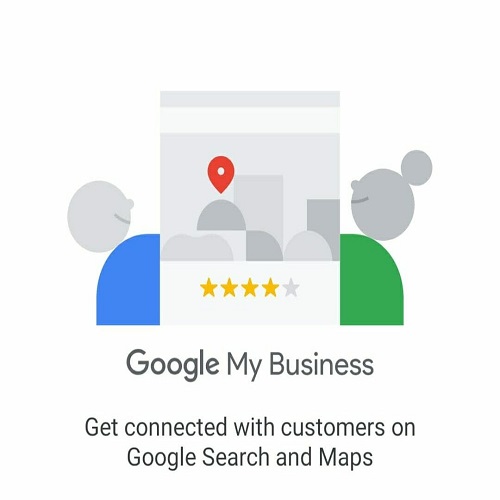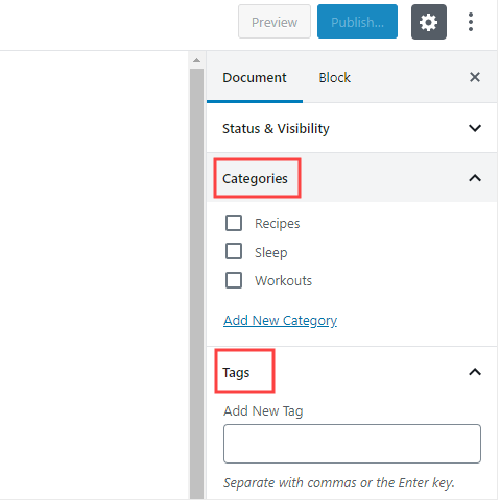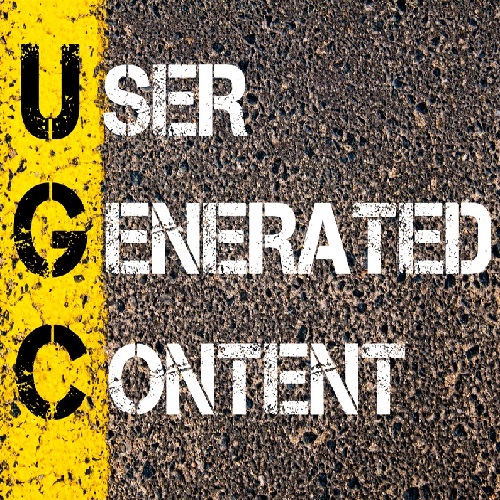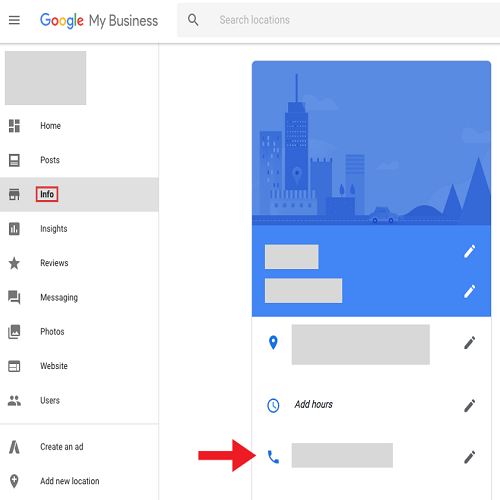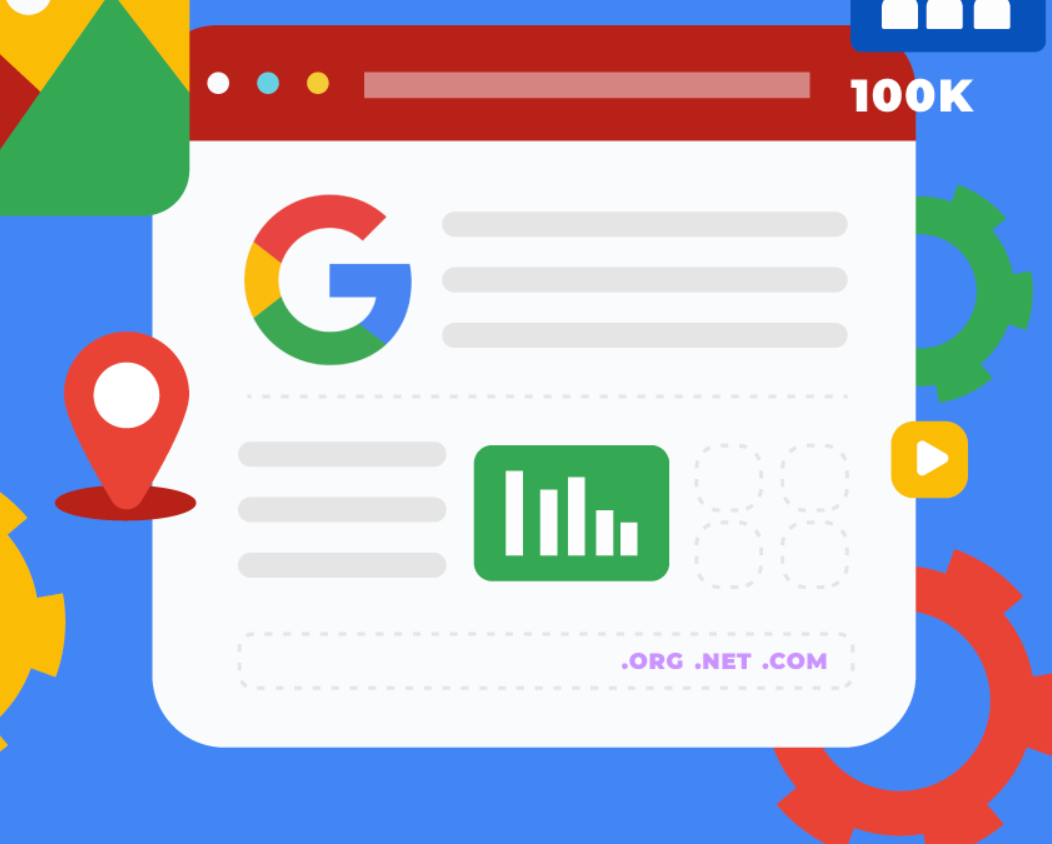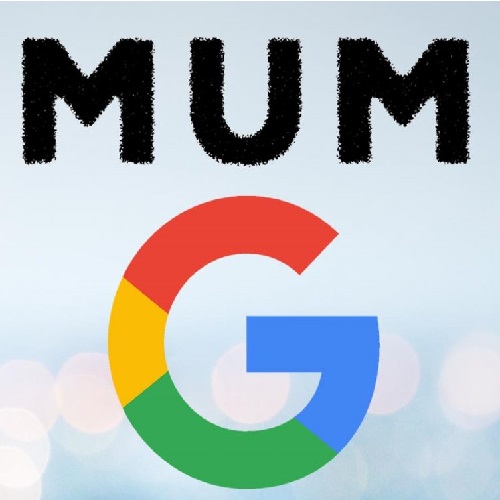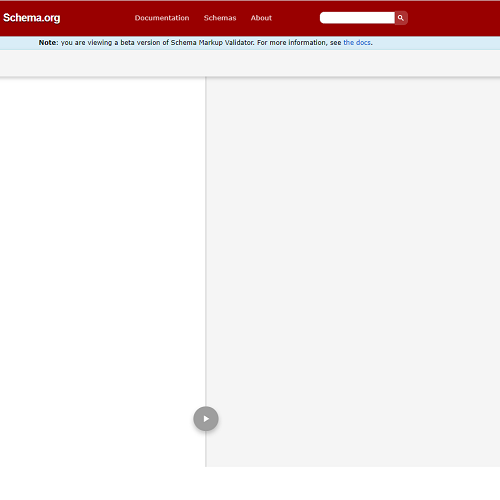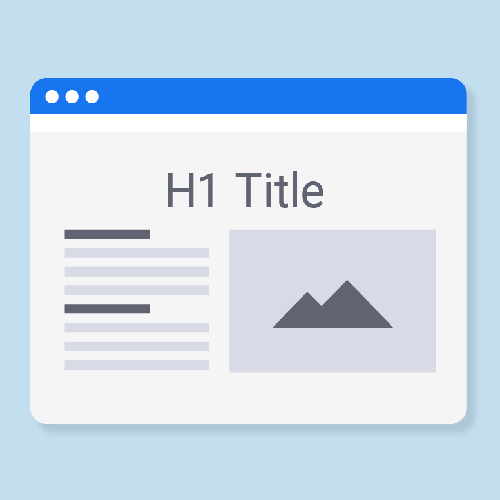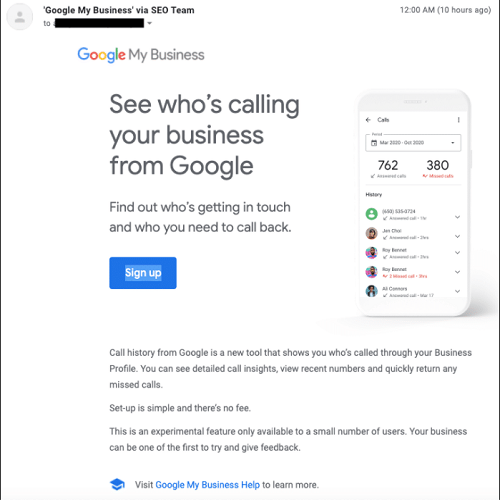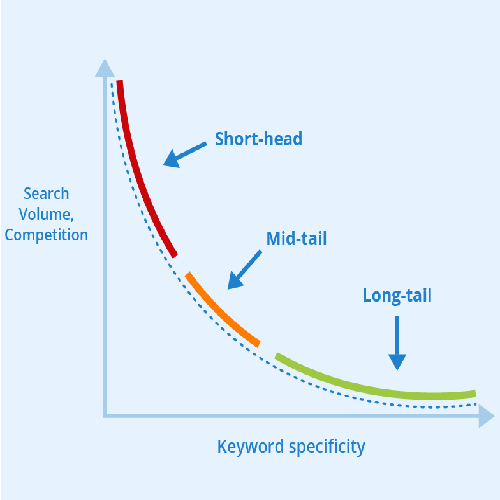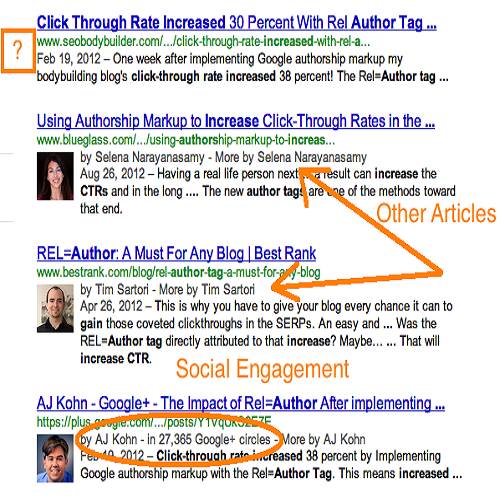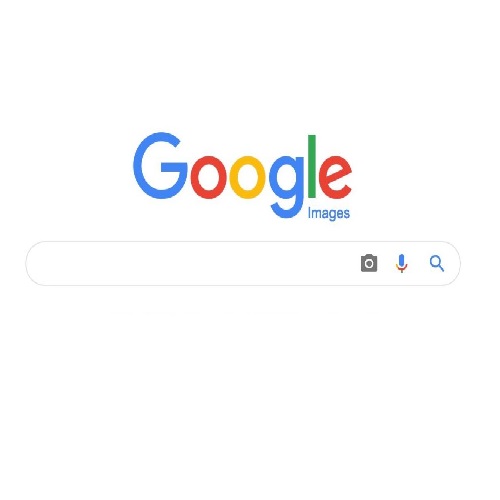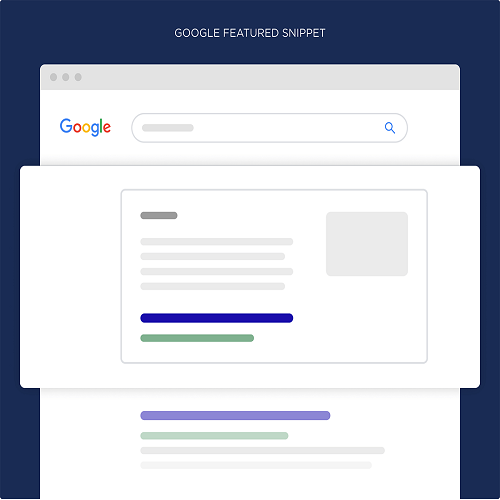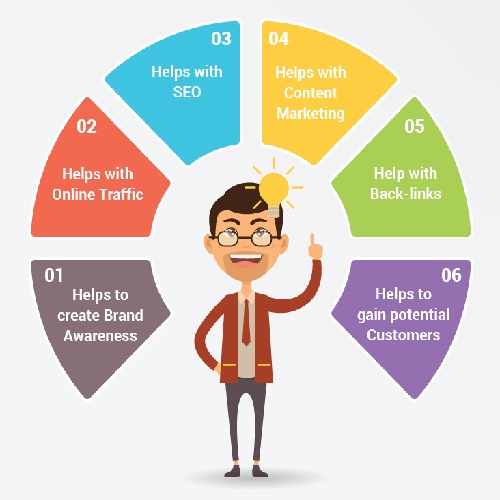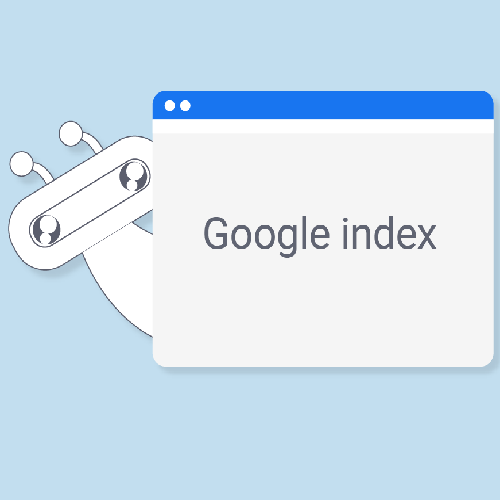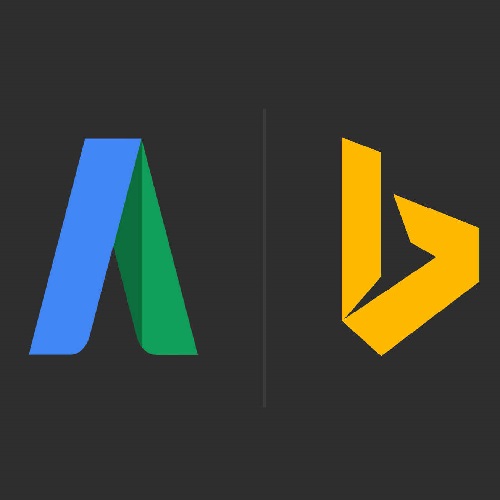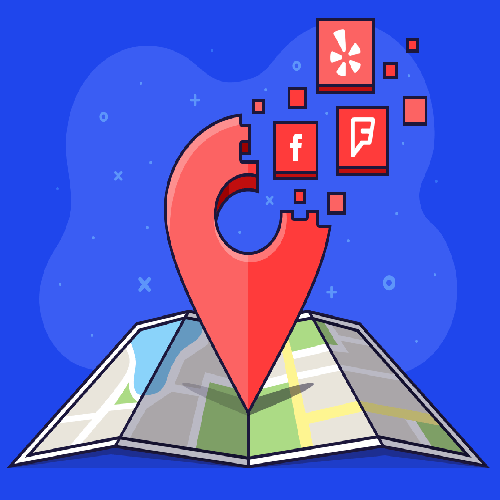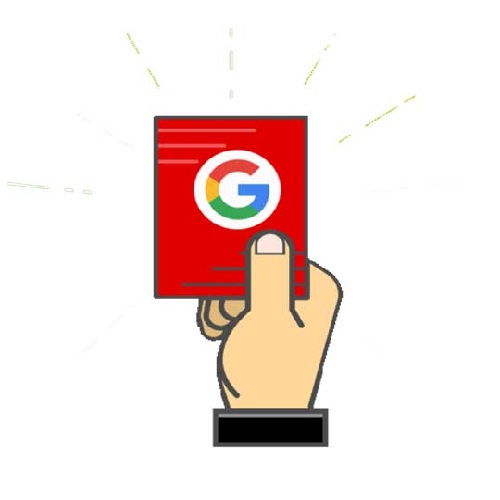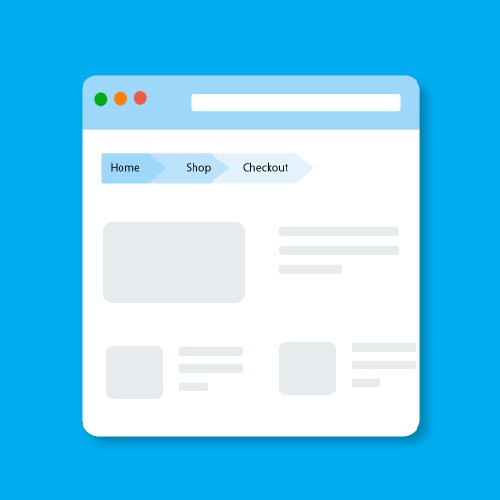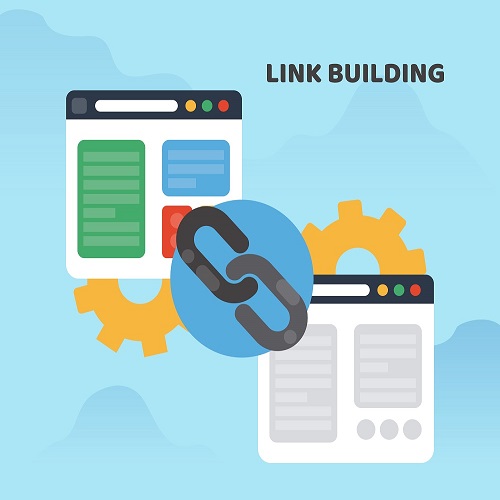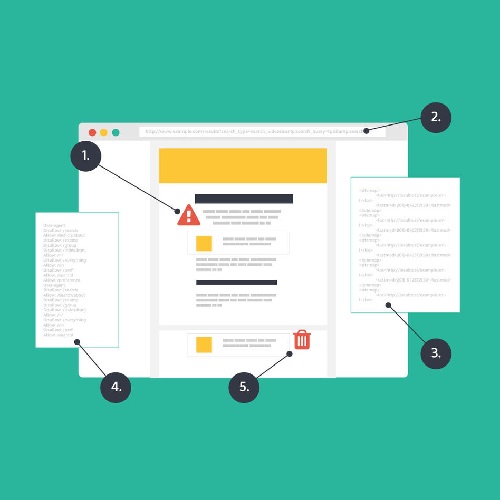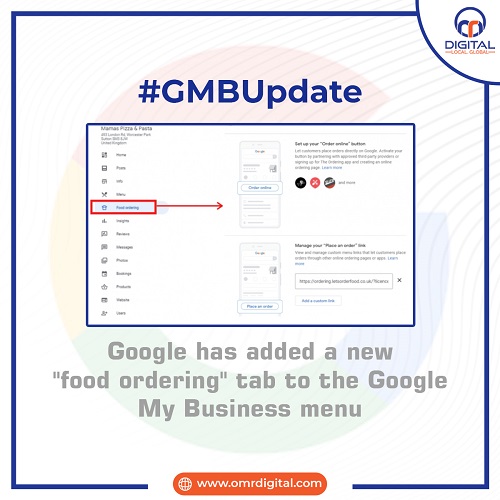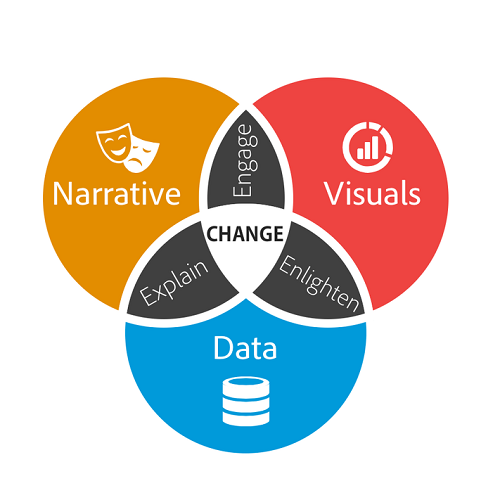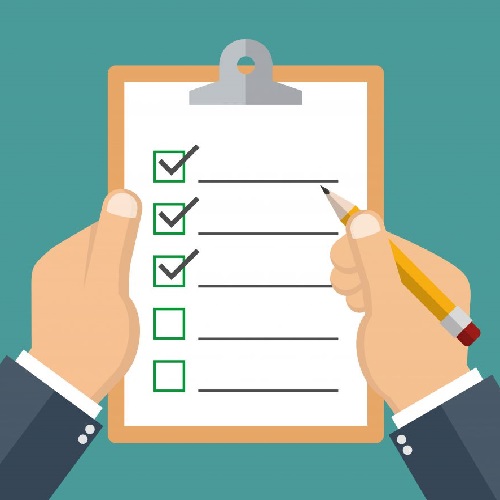
Contact Us
Related Posts
Category
Off-page SEO presents the most problems and the fewest volunteers, in terms of search engine optimization (SEO). You must maximize your off-site presence if you want to win a top spot in search results and the traffic, leads, and revenue that comes with it.
This off-page SEO checklist is a great place to start if you’re new to off-page SEO. To begin enhancing your rankings, go through this off-page optimization checklist.
A 12-step checklist for off-page optimization
- Check out your backlink profile.
Summary: Use a tool like Google Search Console, Ahrefs, or Moz to examine your backlink profile. Examine which domains have the most links to your site, as well as which pages have the most links. Check your domain authority (DA) or domain ranking (DR) for an overall backlink profile score if you use Ahrefs or Moz.
Before you begin optimizing your off-page SEO, you can evaluate your backlink profile using one of the following free tools:
- Google Search Console is a service provided by Google
- Moz Connection Explorer is a web browser extension that allows you to search
- Backlink Analyzer from Ahrefs
- Screaming Frog
You should probably use a platform like Ahrefs, Moz, or SEMrush for the quickest performance and analysis. Keep in mind that some of these tools, such as Moz, have limitations on the amount of data you can access and investigate in their free versions.
You should have access to the following details, regardless of which tool you use:
- The number of times your site has been linked to
- The total number of domains that connect to your website.
- The total number of links on a website
- Text used as an anchor
- Export this information to a Google Sheet for easy access.
You’ll also get a DA or DR score for your site if you use a tool like Moz or Ahrefs. These scores are based on your website’s backlink profile and assess its authoritativeness. A higher score indicates greater authority.
It’s important to note that, while Google considers a site’s overall authority or trustworthiness, it doesn’t use DA or DR when assessing a website’s search ranking. These metrics are unique to Moz and Ahrefs and are useful when assessing your backlink profile and that of your competitors.
Move on to the next step in this off-page SEO checklist after you’ve finished reviewing your backlink profile.
- Review the backlink profiles of your rivals.
Evaluation of competitor backlink profiles will help you gain insight into the strength of your backlink profile. Using a tool like Ahrefs, Moz, or SEMrush, examine the backlink profiles of online and offline rivals, then export and save the information to a Google Sheet.
After that, look at the rivals’ backlink profiles.
To check the competition, you can use Ahrefs, Moz, or SEMrush. When it comes to investigating a competitor’s backlink profile, Google Search Console isn’t a choice. Since only the site owner or webmaster has access to Google Search Console info, this is the case.
You should look into the backlink profiles of your direct competitors, but you should also look into the backlink profiles of your online competitors. These are the people you’ll be up against in search results.
There will be overlap between your direct competitors and your online competitors in some situations.
You can export this data to an easy-to-access location or folder, such as a Google Sheet, as you did in the previous phase in this off-page SEO checklist. After you’ve exported this data, you can begin evaluating it and comparing it to your own.
- 3. Make internal links stronger.
Update and improve your internal linking to ensure that your off-page SEO strategy is effective. Aim for three links (with optimized anchor text) from other pages on your site to each page on your site. Screaming Frog will help you figure out which pages need to be linked to, and then you can get to work!
You must optimize your website’s internal linking before you start spending time in content development, marketing, or outreach. Internal linking aids content discoverability, which is why this on-page SEO task is essential for your off-page SEO efforts.
You can help search engine crawlers find, understand, and index your content by using proper internal linking.
Begin by following these suggestions to improve your internal linking:
- Aim for three internal links on every page.
- When linking to internal sites, use appropriate and keyword-optimized anchor text.
- Have a footer on your website with links to relevant sites, such as product or service categories.
This section of the off-page SEO checklist shouldn’t take long if you have a tiny website (think 25 pages or less). To see every page and its internal links, you can use Screaming Frog, which will crawl up to 500 URLs for free.
However, avoid forcing internal links for the best results with this update. Make each internal connection useful to the user. You want people to click on those links and gain access to something useful and important.
- 404 errors must be resolved.
Aside from internal linking, the company should concentrate on broken ties, also known as 404 errors.
When a connection is broken, it doesn’t take you anywhere on your web except to a 404 page. While these pages can help keep visitors on your site by offering a list of related pages, they provide little value to users and are a red flag for web crawlers.
Broken links may also have an effect on your off-page SEO. If a competitor notices a domain linking to your site through a broken connection, it provides an incentive for that competitor to contact you. That outreach chance could cost your company not only a connection but also potential customers.
The following are the most common causes of broken links:
- page removed
- URL that was misspelled
- 5. Improve the on-page SEO of your website.
To optimize your return on investment (ROI) from SEO, complete on-page optimizations in conjunction with your off-page efforts. Start improving your search engine rankings by following SEO best practices (and using the checklists provided here!).
Off-page SEO and on-page SEO work in tandem to help the website perform well in search results. As a result, you must pay attention to both of them. If you only customize one, your website would fall short of its full potential in terms of website traffic, online leads, and sales.
Follow this guide for on-page SEO and concentrate on the following best practices:
- Long-tail keywords should be your priority.
- Keywords can be included in the title tags and meta descriptions.
- Avoid keyword stuffing to achieve a safe keyword density.
- Regularly update your SEO material
- Create a mobile-friendly or responsive website template by removing redundant content.
- Keep your website up to date.
- Boost the pace of the page
- If you want your website to be as safe as possible, switch to HTTPS.
- Consider your link-building choices.
Summary: Determine which link-building strategies are the most beneficial to your company, as well as which strategies you can implement given your time, money, and experience. Focus on two or more methods, such as guest blogging, broken ties, or paid ads.
Off-page SEO and link building are interchangeable terms. Although it’s one of the most popular techniques for improving off-page SEO, it’s also one of the most challenging because it necessitates time, expertise, and the help of people who aren’t under your control.
When it comes to connection building, you have a few choices, including:
- Links that are broken
- Involvement
- Citations from the local area
- Advertising that is paid for
- Blogging as a guest
- Sharing on social media
In most situations, the company can employ several link-building strategies. However, which ones you use will be determined by your company and yourself. For instance, if you don’t have the time or money to guest blog, you could instead concentrate on broken links and outreach.
Consider your choices using this section of the off-page SEO checklist.
Consider can tactics to have the greatest return on investment. When it comes to what you can do, though, be rational. Perhaps you’d like to guest blog, but with your current obligations, it’s not a viable option — unless you hire a digital marketing firm.
- Broken connection building allows you to steal your competitors’ links.
Check for broken external links on pages where you’d like to win a connection, such as an industry blog, to get started with broken link building. Then, on your website, look for content that can take the place of the broken connection. Then, contact the website in question. Carry out the same procedure for any other places that are linked to the broken connection.
Broken connection building is one of the most straightforward ways for your company to increase its backlink profile.
Broken connection creation can be broken down into the following steps:
- Find a domain from which you’d like to earn a connection (or look at a competitor’s backlink profile).
- Xenu, Ahrefs, and other similar tools may be used to search for broken external connections. Look at My Websites
- Find a page on your web that can be used to replace a broken connection.
- Send an email to the author, editor, or webmaster informing them of the broken connection and the URL of your page.
The great thing about broken link building is that you can go after broken links in large numbers. If you discover a broken connection, look for other places that link to it and contact them with your solution.
This link-building strategy will benefit from the following tools:
- Ahrefs,
- Xenu
- Use outreach to help people discover your content.
Use BuzzSumo and Inkybee, as well as a reader mentality, to get the most out of your outreach. When writing to bloggers, editors, and webmasters, consider what problem your content solves, and then use that response to power your pitch for a connection.
Another effective approach for building links is outreach, which takes more time and effort.
The following measures comprise this link-building strategy:
- Decide which piece of material, such as a blog post, you want to receive a connection for.
- Look for blogs or websites that may be interested in your material.
Pitch the blogger, editor, or webmaster about sharing or linking to your content. For best results, do some research on blogs and topics before you start writing. Instead of trying to find an angle for existing content, you can use this method to curate content that bloggers would already like.
- Update your quotes and directory profiles
Summary: To better your off-page SEO, use trustworthy local Quotations and Directories such as Google MyBusiness. Stay away from spammy directory sites for the best results and use citation management software such as LocalFX to maintain company details updated across directories.
Local quotes and directories are used in off-page SEO as a grey field. Many businesses, particularly new SEOs, misuse and abuse the link-building strategy unintentionally by submitting their websites to spammy and untrustworthy directories.
Keep in mind your readers no matter what methods or techniques you use to create links.
Your content should provide value to the reader. If your content doesn’t meet these criteria, it won’t be linked to by a blogger, publisher, or webmaster, which hurts your off-page SEO efforts. Consider what value your content provides to a reader and build your pitch around that.
For instance, since it is a trusted and important directory in local SEOs or the presence of your company in local For search results, you want to use directories like Google My Business.
If you decide to use this strategy in the off-page SEO checklist, please start with these tips:
- Compile a list of reliable directories and locals
- Create a profile or apply to consider your website.
- Provide the current company name, address, and telephone number details (NAP)
- Daily updates of the registry and local citations
In most cases, your company will be on the most popular lists such as Google My Business, Yelp, and Apple Maps. You can, however, discover such reputable industry-specific directory sites depending on your industry, which can assist your off-page SEOs. One difficulty, however, is for this building approach to be maintained.
You do not want to have an obsolete and inaccurate listing like Google My Company. Share misinformation, such as your time, if your listing, particularly one with a high level of traffic, as Google My Business may lead to dishonest customers and lost leads.
A local quotation administration tool, such as LocalFX or Moz Local can assist in that.
This tool automatically updates details about your business in hundreds of local directories. Just once you enter your details, such as your new hours, and then those instruments do the rest, which saves you a lot of time.
Please be mindful that this Link-building technique advises you not to purchase links to encourage content to draw links. You can contribute great content with paid ads, such as data-backed studies, a helpful tool, or infographics, to visibility and momentum.
- You can use a number of channels to promote your content:
- Ads from Google
- Advertising from Microsoft
- Pinterest And More
Make sure you generate compelling advertising if you want this link-building strategy.
Write an ad copy that involves and gives value to your public. How are your content going to support them? You must also use graphics, be it a striking picture, custom graphic, or professional video. Check your ad campaigns’ success even periodically.
Monitoring on a regular basis, such as once a week at first, will assist you in spotting trends and opportunities for targeting.
- Use guest blogging to share your expertise (and your site).
Summary: Use guest blogging to raise brand awareness and build valuable backlinks for your business. In your sector, look for a niche and well-known blogs. After that, make a list of topics to pitch. You may be invited to write a guest blog post if your pitch is successful.
Another worthwhile, but optional, addition to your off-site SEO checklist is guest blogging.
The following measures can be used to break down guest blogging:
- Make a list of industry sites that welcome guest bloggers or third-party posts. Look at the material, tone, and audience of each site.
- Make a list of content ideas that are relevant to the blog’s brand, audience, and requirements.
- Pitch one of your ideas to the website’s webmaster or publisher.
Author biography and a link to your website will be included in your article, depending on the blog. However, some blogs will mark this connection as nofollow, indicating that crawlers should not follow it. In any case, guest blogging on another website expands the brand’s reach.
You will probably integrate links to your website into your content over time (and when it’s appropriate). Focus on establishing relationships with these blogging sites no matter how you approach this technique.
Establishing relationships with bloggers and site owners in your industry will aid in the development of brand recognition and confidence for your business. The fact that these individuals enjoy working for your company can lead to additional opportunities and even natural connections.
- Use social media to share your content
In conclusion, take advantage of social media sites such as Facebook, Linked In, and Instagram. To create likes, chatter, and links to your website, share and promote high-value content including studies, resources, and quizzes.
Your company will share content for free using social media.
You’ll definitely want to spend some time on social media marketing and social media ads if you want to get the most out of this link-building technique and off-page SEO checklist. These two strategies will help you increase your online followers, resulting in more shares and backlinks.
Because of social media algorithms, building an online social media audience for a business is challenging. Most algorithms now give more weight to content from a user’s friends than to content from companies they follow. That’s why, on social media platforms like Facebook, several brands advertise and boost organic posts.
You can use ads and boosting to expose your content and brand, regardless of whether you’ll have an existing online presence or need to create one. However, the quality and importance of your content will depend on your performance.
For example, it can function incredibly well to promote the following contents:
- Infographics
- Tool
- Study
You may also ask your fans to share your content when you have an online follow-up.
Well done! This off-page SEO check list is now complete. Are you now prepared to begin?

Off-page SEO presents the most problems and the fewest volunteers, in terms of search engine optimization (SEO). You must maximize your off-site presence if you want to win a top spot in search results and the traffic, leads, and revenue that comes with it.
This off-page SEO checklist is a great place to start if you’re new to off-page SEO. To begin enhancing your rankings, go through this off-page optimization checklist.
A 12-step checklist for off-page optimization
- Check out your backlink profile.
Summary: Use a tool like Google Search Console, Ahrefs, or Moz to examine your backlink profile. Examine which domains have the most links to your site, as well as which pages have the most links. Check your domain authority (DA) or domain ranking (DR) for an overall backlink profile score if you use Ahrefs or Moz.
Before you begin optimizing your off-page SEO, you can evaluate your backlink profile using one of the following free tools:
- Google Search Console is a service provided by Google
- Moz Connection Explorer is a web browser extension that allows you to search
- Backlink Analyzer from Ahrefs
- Screaming Frog
You should probably use a platform like Ahrefs, Moz, or SEMrush for the quickest performance and analysis. Keep in mind that some of these tools, such as Moz, have limitations on the amount of data you can access and investigate in their free versions.
You should have access to the following details, regardless of which tool you use:
- The number of times your site has been linked to
- The total number of domains that connect to your website.
- The total number of links on a website
- Text used as an anchor
- Export this information to a Google Sheet for easy access.
You’ll also get a DA or DR score for your site if you use a tool like Moz or Ahrefs. These scores are based on your website’s backlink profile and assess its authoritativeness. A higher score indicates greater authority.
It’s important to note that, while Google considers a site’s overall authority or trustworthiness, it doesn’t use DA or DR when assessing a website’s search ranking. These metrics are unique to Moz and Ahrefs and are useful when assessing your backlink profile and that of your competitors.
Move on to the next step in this off-page SEO checklist after you’ve finished reviewing your backlink profile.
- Review the backlink profiles of your rivals.
Evaluation of competitor backlink profiles will help you gain insight into the strength of your backlink profile. Using a tool like Ahrefs, Moz, or SEMrush, examine the backlink profiles of online and offline rivals, then export and save the information to a Google Sheet.
After that, look at the rivals’ backlink profiles.
To check the competition, you can use Ahrefs, Moz, or SEMrush. When it comes to investigating a competitor’s backlink profile, Google Search Console isn’t a choice. Since only the site owner or webmaster has access to Google Search Console info, this is the case.
You should look into the backlink profiles of your direct competitors, but you should also look into the backlink profiles of your online competitors. These are the people you’ll be up against in search results.
There will be overlap between your direct competitors and your online competitors in some situations.
You can export this data to an easy-to-access location or folder, such as a Google Sheet, as you did in the previous phase in this off-page SEO checklist. After you’ve exported this data, you can begin evaluating it and comparing it to your own.
- 3. Make internal links stronger.
Update and improve your internal linking to ensure that your off-page SEO strategy is effective. Aim for three links (with optimized anchor text) from other pages on your site to each page on your site. Screaming Frog will help you figure out which pages need to be linked to, and then you can get to work!
You must optimize your website’s internal linking before you start spending time in content development, marketing, or outreach. Internal linking aids content discoverability, which is why this on-page SEO task is essential for your off-page SEO efforts.
You can help search engine crawlers find, understand, and index your content by using proper internal linking.
Begin by following these suggestions to improve your internal linking:
- Aim for three internal links on every page.
- When linking to internal sites, use appropriate and keyword-optimized anchor text.
- Have a footer on your website with links to relevant sites, such as product or service categories.
This section of the off-page SEO checklist shouldn’t take long if you have a tiny website (think 25 pages or less). To see every page and its internal links, you can use Screaming Frog, which will crawl up to 500 URLs for free.
However, avoid forcing internal links for the best results with this update. Make each internal connection useful to the user. You want people to click on those links and gain access to something useful and important.
- 404 errors must be resolved.
Aside from internal linking, the company should concentrate on broken ties, also known as 404 errors.
When a connection is broken, it doesn’t take you anywhere on your web except to a 404 page. While these pages can help keep visitors on your site by offering a list of related pages, they provide little value to users and are a red flag for web crawlers.
Broken links may also have an effect on your off-page SEO. If a competitor notices a domain linking to your site through a broken connection, it provides an incentive for that competitor to contact you. That outreach chance could cost your company not only a connection but also potential customers.
The following are the most common causes of broken links:
- page removed
- URL that was misspelled
- 5. Improve the on-page SEO of your website.
To optimize your return on investment (ROI) from SEO, complete on-page optimizations in conjunction with your off-page efforts. Start improving your search engine rankings by following SEO best practices (and using the checklists provided here!).
Off-page SEO and on-page SEO work in tandem to help the website perform well in search results. As a result, you must pay attention to both of them. If you only customize one, your website would fall short of its full potential in terms of website traffic, online leads, and sales.
Follow this guide for on-page SEO and concentrate on the following best practices:
- Long-tail keywords should be your priority.
- Keywords can be included in the title tags and meta descriptions.
- Avoid keyword stuffing to achieve a safe keyword density.
- Regularly update your SEO material
- Create a mobile-friendly or responsive website template by removing redundant content.
- Keep your website up to date.
- Boost the pace of the page
- If you want your website to be as safe as possible, switch to HTTPS.
- Consider your link-building choices.
Summary: Determine which link-building strategies are the most beneficial to your company, as well as which strategies you can implement given your time, money, and experience. Focus on two or more methods, such as guest blogging, broken ties, or paid ads.
Off-page SEO and link building are interchangeable terms. Although it’s one of the most popular techniques for improving off-page SEO, it’s also one of the most challenging because it necessitates time, expertise, and the help of people who aren’t under your control.
When it comes to connection building, you have a few choices, including:
- Links that are broken
- Involvement
- Citations from the local area
- Advertising that is paid for
- Blogging as a guest
- Sharing on social media
In most situations, the company can employ several link-building strategies. However, which ones you use will be determined by your company and yourself. For instance, if you don’t have the time or money to guest blog, you could instead concentrate on broken links and outreach.
Consider your choices using this section of the off-page SEO checklist.
Consider can tactics to have the greatest return on investment. When it comes to what you can do, though, be rational. Perhaps you’d like to guest blog, but with your current obligations, it’s not a viable option — unless you hire a digital marketing firm.
- Broken connection building allows you to steal your competitors’ links.
Check for broken external links on pages where you’d like to win a connection, such as an industry blog, to get started with broken link building. Then, on your website, look for content that can take the place of the broken connection. Then, contact the website in question. Carry out the same procedure for any other places that are linked to the broken connection.
Broken connection building is one of the most straightforward ways for your company to increase its backlink profile.
Broken connection creation can be broken down into the following steps:
- Find a domain from which you’d like to earn a connection (or look at a competitor’s backlink profile).
- Xenu, Ahrefs, and other similar tools may be used to search for broken external connections. Look at My Websites
- Find a page on your web that can be used to replace a broken connection.
- Send an email to the author, editor, or webmaster informing them of the broken connection and the URL of your page.
The great thing about broken link building is that you can go after broken links in large numbers. If you discover a broken connection, look for other places that link to it and contact them with your solution.
This link-building strategy will benefit from the following tools:
- Ahrefs,
- Xenu
- Use outreach to help people discover your content.
Use BuzzSumo and Inkybee, as well as a reader mentality, to get the most out of your outreach. When writing to bloggers, editors, and webmasters, consider what problem your content solves, and then use that response to power your pitch for a connection.
Another effective approach for building links is outreach, which takes more time and effort.
The following measures comprise this link-building strategy:
- Decide which piece of material, such as a blog post, you want to receive a connection for.
- Look for blogs or websites that may be interested in your material.
Pitch the blogger, editor, or webmaster about sharing or linking to your content. For best results, do some research on blogs and topics before you start writing. Instead of trying to find an angle for existing content, you can use this method to curate content that bloggers would already like.
- Update your quotes and directory profiles
Summary: To better your off-page SEO, use trustworthy local Quotations and Directories such as Google MyBusiness. Stay away from spammy directory sites for the best results and use citation management software such as LocalFX to maintain company details updated across directories.
Local quotes and directories are used in off-page SEO as a grey field. Many businesses, particularly new SEOs, misuse and abuse the link-building strategy unintentionally by submitting their websites to spammy and untrustworthy directories.
Keep in mind your readers no matter what methods or techniques you use to create links.
Your content should provide value to the reader. If your content doesn’t meet these criteria, it won’t be linked to by a blogger, publisher, or webmaster, which hurts your off-page SEO efforts. Consider what value your content provides to a reader and build your pitch around that.
For instance, since it is a trusted and important directory in local SEOs or the presence of your company in local For search results, you want to use directories like Google My Business.
If you decide to use this strategy in the off-page SEO checklist, please start with these tips:
- Compile a list of reliable directories and locals
- Create a profile or apply to consider your website.
- Provide the current company name, address, and telephone number details (NAP)
- Daily updates of the registry and local citations
In most cases, your company will be on the most popular lists such as Google My Business, Yelp, and Apple Maps. You can, however, discover such reputable industry-specific directory sites depending on your industry, which can assist your off-page SEOs. One difficulty, however, is for this building approach to be maintained.
You do not want to have an obsolete and inaccurate listing like Google My Company. Share misinformation, such as your time, if your listing, particularly one with a high level of traffic, as Google My Business may lead to dishonest customers and lost leads.
A local quotation administration tool, such as LocalFX or Moz Local can assist in that.
This tool automatically updates details about your business in hundreds of local directories. Just once you enter your details, such as your new hours, and then those instruments do the rest, which saves you a lot of time.
Please be mindful that this Link-building technique advises you not to purchase links to encourage content to draw links. You can contribute great content with paid ads, such as data-backed studies, a helpful tool, or infographics, to visibility and momentum.
- You can use a number of channels to promote your content:
- Ads from Google
- Advertising from Microsoft
- Pinterest And More
Make sure you generate compelling advertising if you want this link-building strategy.
Write an ad copy that involves and gives value to your public. How are your content going to support them? You must also use graphics, be it a striking picture, custom graphic, or professional video. Check your ad campaigns’ success even periodically.
Monitoring on a regular basis, such as once a week at first, will assist you in spotting trends and opportunities for targeting.
- Use guest blogging to share your expertise (and your site).
Summary: Use guest blogging to raise brand awareness and build valuable backlinks for your business. In your sector, look for a niche and well-known blogs. After that, make a list of topics to pitch. You may be invited to write a guest blog post if your pitch is successful.
Another worthwhile, but optional, addition to your off-site SEO checklist is guest blogging.
The following measures can be used to break down guest blogging:
- Make a list of industry sites that welcome guest bloggers or third-party posts. Look at the material, tone, and audience of each site.
- Make a list of content ideas that are relevant to the blog’s brand, audience, and requirements.
- Pitch one of your ideas to the website’s webmaster or publisher.
Author biography and a link to your website will be included in your article, depending on the blog. However, some blogs will mark this connection as nofollow, indicating that crawlers should not follow it. In any case, guest blogging on another website expands the brand’s reach.
You will probably integrate links to your website into your content over time (and when it’s appropriate). Focus on establishing relationships with these blogging sites no matter how you approach this technique.
Establishing relationships with bloggers and site owners in your industry will aid in the development of brand recognition and confidence for your business. The fact that these individuals enjoy working for your company can lead to additional opportunities and even natural connections.
- Use social media to share your content
In conclusion, take advantage of social media sites such as Facebook, Linked In, and Instagram. To create likes, chatter, and links to your website, share and promote high-value content including studies, resources, and quizzes.
Your company will share content for free using social media.
You’ll definitely want to spend some time on social media marketing and social media ads if you want to get the most out of this link-building technique and off-page SEO checklist. These two strategies will help you increase your online followers, resulting in more shares and backlinks.
Because of social media algorithms, building an online social media audience for a business is challenging. Most algorithms now give more weight to content from a user’s friends than to content from companies they follow. That’s why, on social media platforms like Facebook, several brands advertise and boost organic posts.
You can use ads and boosting to expose your content and brand, regardless of whether you’ll have an existing online presence or need to create one. However, the quality and importance of your content will depend on your performance.
For example, it can function incredibly well to promote the following contents:
- Infographics
- Tool
- Study
You may also ask your fans to share your content when you have an online follow-up.
Well done! This off-page SEO check list is now complete. Are you now prepared to begin?
